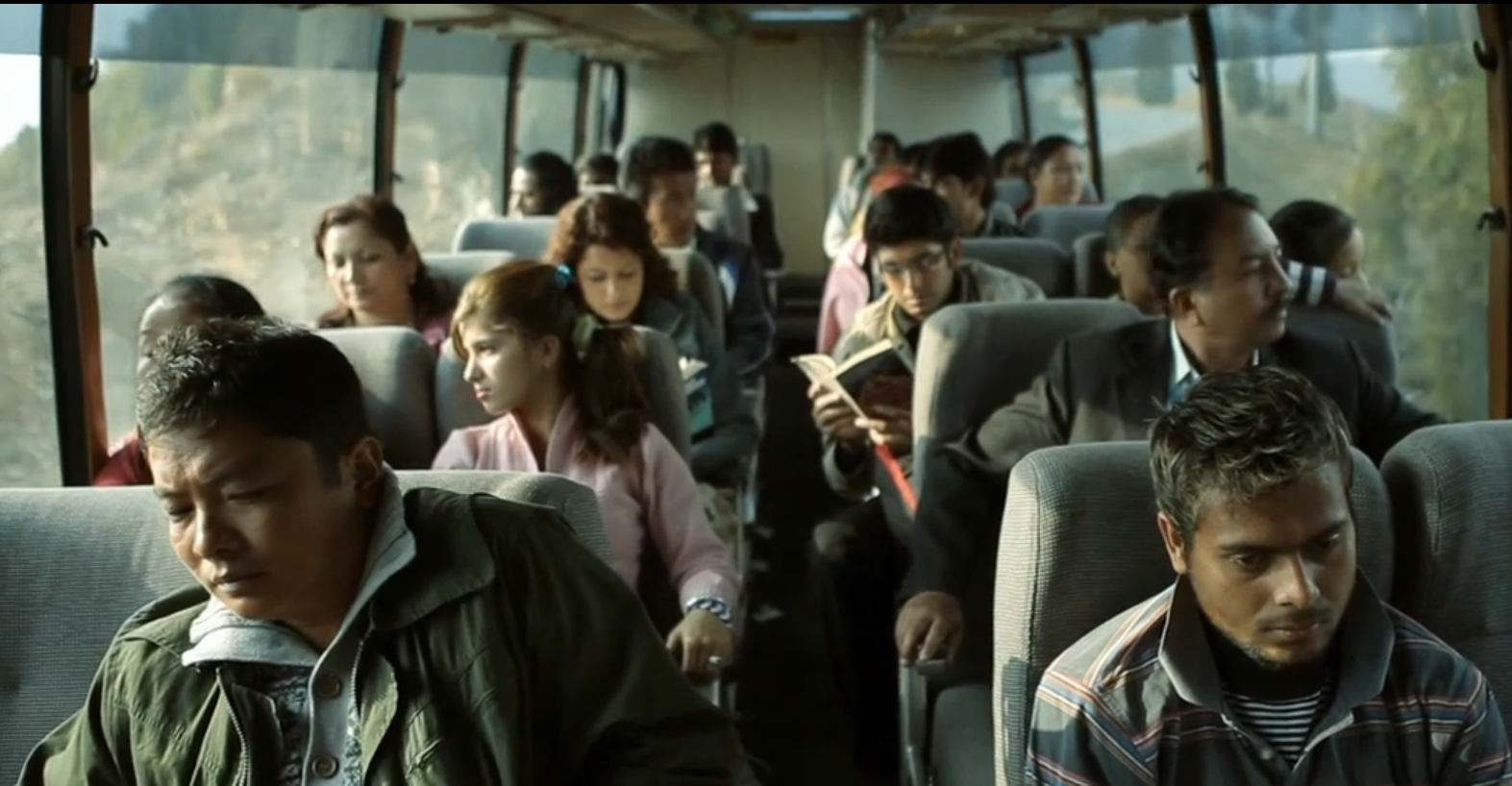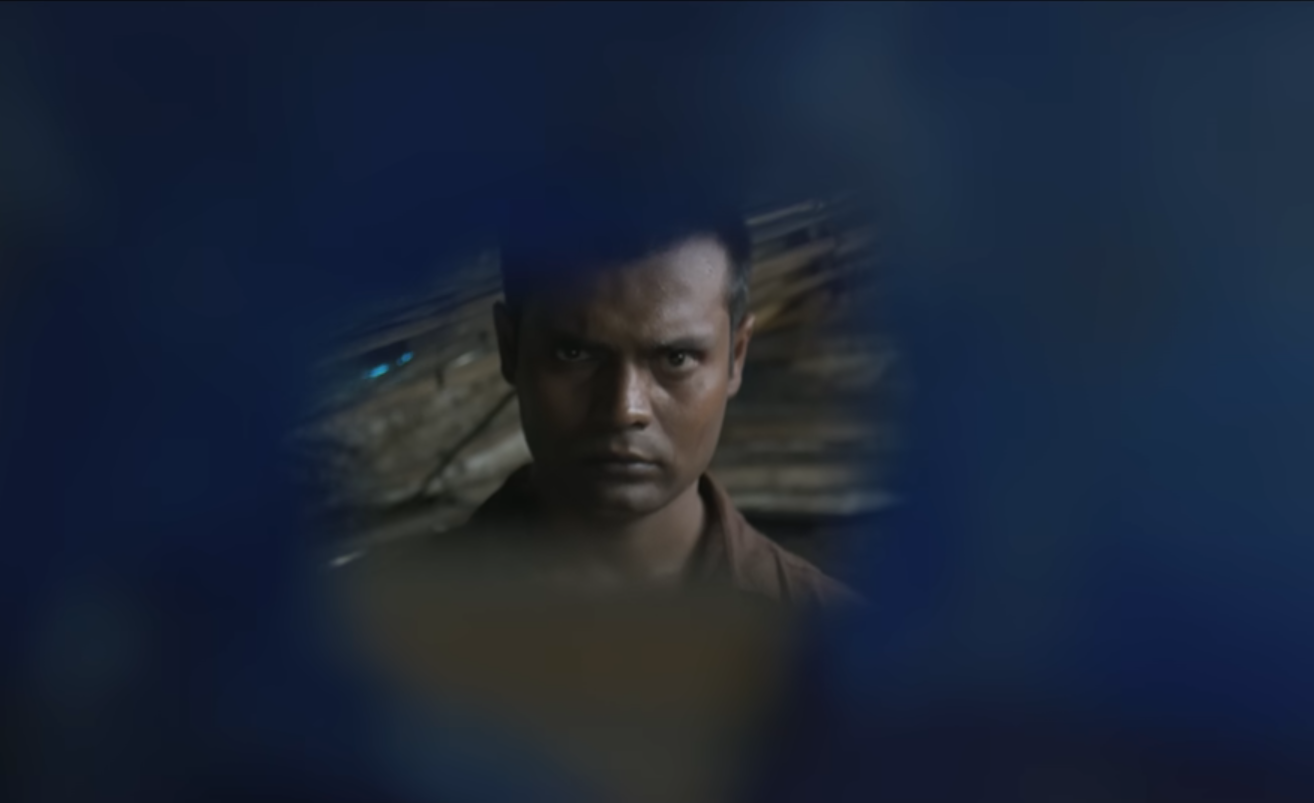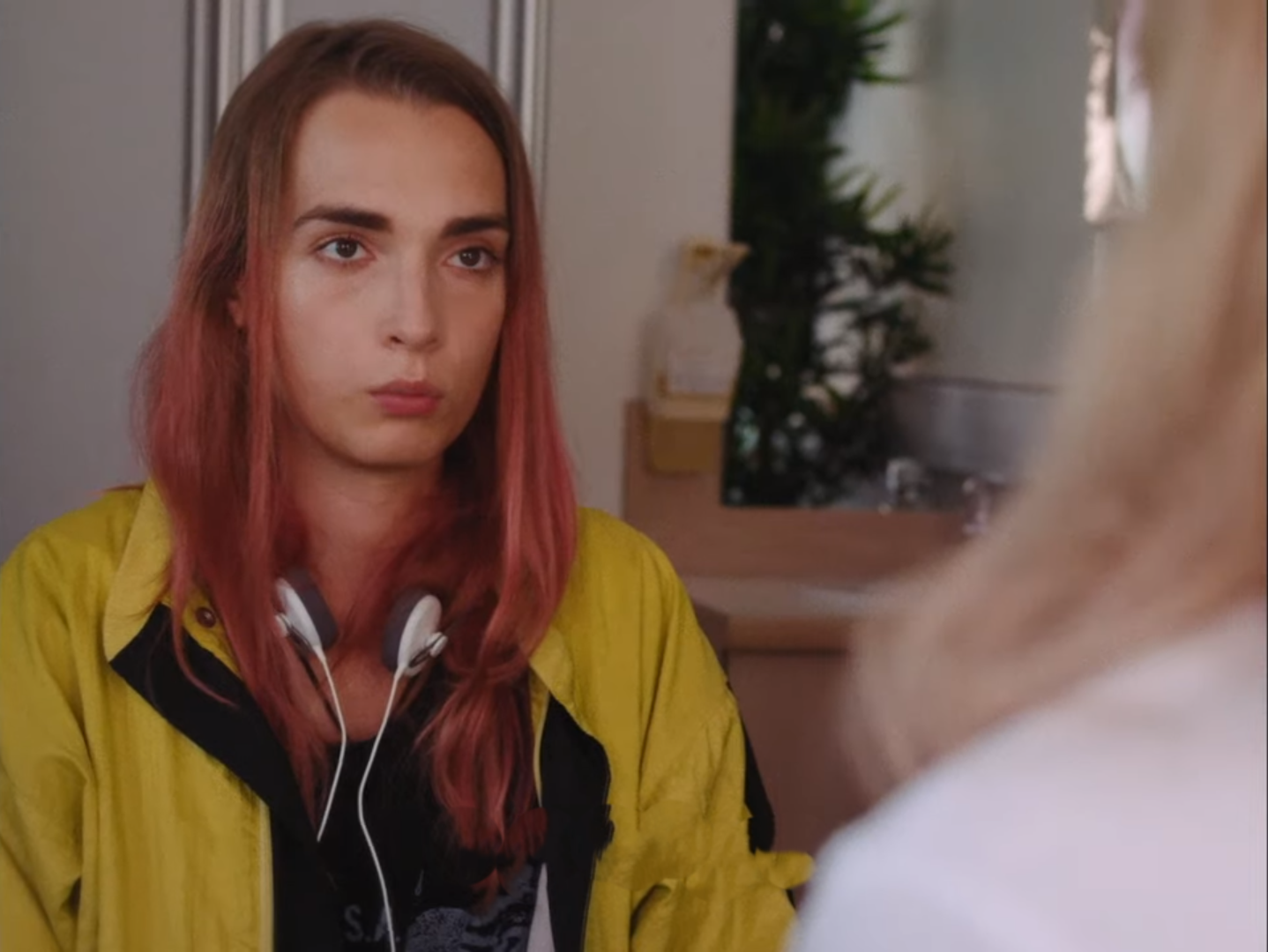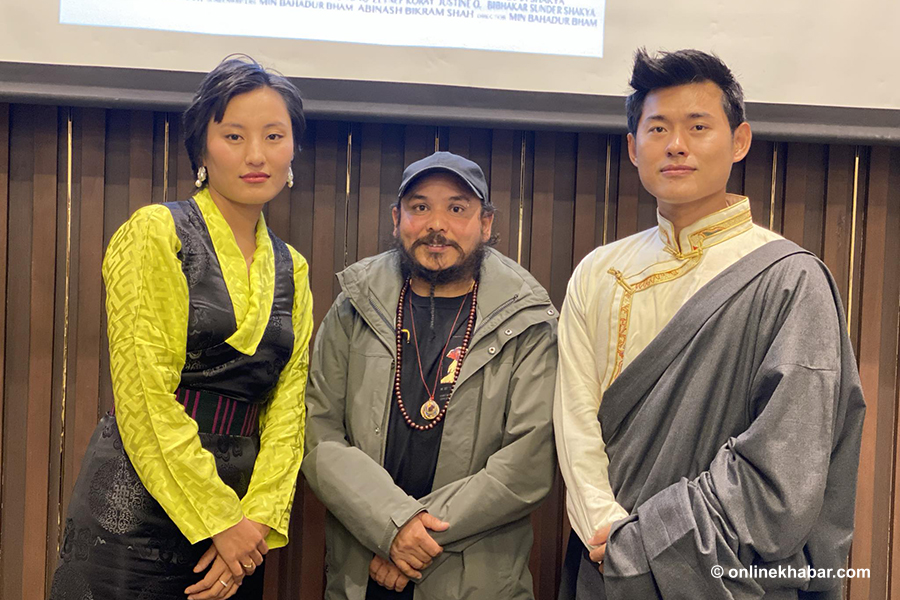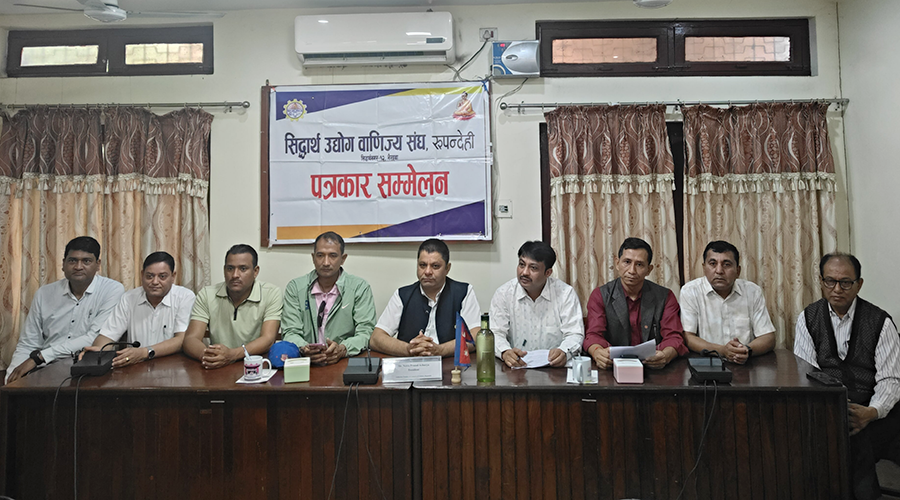
When Subin Bhattarai’s debut novel Summer Love rose to unexpected popularity in the Kathmandu market in 2013, it received a mixed response. Whereas some people appreciated the book as a ‘bestseller’ and ‘trendsetter’, many others accused the novel of introducing a pulp fiction culture in Nepal.
Now, the crazy love story is back again, on the big screen. Despite its apparent failure to represent every moment of the six-year-old novel as it is, the new movie carries with it, the melodramatic effect that the novel has. However, some presentation flaws are sure to block the movie from sparking the equal fanfare.
Powerful emotions
Despite its deviation from traditional values of Nepali society, Summer Love has a strong emotional appeal, at least for people in late teens and 20s. The way a relationship develops in the movie is interesting as well as possible in the real life of Nepali youth. Finding some girls (or boys) interesting just after hearing their names, developing a close friendship when they have same neighbourhood and college, flirting with each other and ultimately ending up as lovers is quite common everywhere in the world. Further, the hero and the heroine in Summer Love are wittier than average youth; hence the story becomes usual yet unusual.
The movie perfectly reflects the issue of caste differences that is haunting the relationships of many Nepali youths; and it is more realistic these days as inter-caste marriages are on the rise in urban Nepal. Many of the audience can easily relate the movie’s story with that of themselves, their families, friends or neighbours.
The movie also explores the relationships between parents and their children. How the movie’s heroine withdraws from a committed relationship and how parents express their affection when the hero flies abroad with a hope to get back his love are powerfully presented. When the hero cries on phone with his emotional parents, many audience members are liable to remember their children or parents and start pondering how they have been taking care of each others’ expectations.
Faulty presentation
Despite having an emotionally charged story, there are some avoidable flaws in the story. While some of them are inherent in the novel, some are presentational shortcomings. When the heroine is shown for the first time, the director prolongs the scene so much so that it looks like our hero knows her for a long time. This scene kills the novel’s success in creating a sense of restlessness in the hero.

The novel overuses drinking and smoking, and it is apparently unnecessary. The hero at a few significant times glorifies liquor and cigarette as if they can solve each and every psychological problem that people face. In fact, the director had a good chance to correct such faults of the novel in his movie; however, he just lets it be.
Days before the movie’s release, the novel writer has publicly objected to the selection of cast; and his objection seems justified. The novel’s hero is carefree and fun-loving though he is a novice in the urban culture. When reading the novel, it feels that he has developed emotions of love much later as a result of his time with other characters. However, debutant Ashish Piya, who plays the role, has an innocent and serious face. His facial expression cannot communicate any childish stupidity. Stereotypically enough, the director had made Piya wear beards to play the role of lovesick and depressed Atit; and it looks funnier than serious, uglier than aesthetic.
His heroine, Rewati Gurung, looks a bit better, but she also lacks maturity in her acting. Namrata Sapkota, who takes the role of the hero’s colleague who rescues the hero from depression and suicide, looks more natural. However, her acting is also plain and unpolished.
Artists playing supporting characters have done a fair job.
Also on the presentation side, the sound is one of the most apparent things the movie has overused. The audience hear background music played throughout the movie nonstop. While appropriate use of background sound at selected points is appreciative as it communicates the mood and tone of the story, overusing it almost everywhere, without any proper judgment, is irritating and noisy. At some points, there is no proper balance between the volume of characters’ dialogues and that of the background sound so that the background comes to the foreground.
It is undisputed that the novel has given fair attention to sex. It does not look dirty in words as it is acceptable to its intended readers. But, when one translates those images into visual art, enough attention should have been paid, which the movie lacks. Zooming in on the heroine’s breasts and bottom when she is thoroughly wet in rain is really a ‘pervert’ idea.
However, a few scenes are artistically designed. When the heroine is in the bathtub in Norway, during a video call to the boyfriend, the hero in Dhangadhi burns everything that could remind him of her. The contrast between fire and water (in the bathtub) is powerful to communicate the differences between what happened in the past and what the audience can expect in the future.
There are a few songs in the movie. They are strongly worded and directly related to the story; but their presentation is quite lame. Further, the first song is shot abroad; however, it could have been shot in Nepal to suit the story. Removing the songs off the movie also does not make any significant difference in its overall impact.
On several occasions, camerapersons have highlighted the extravagant setting in such a way that it takes away the audience attention from what is happening with the story.
Minor stupidities
The movie makes some minor yet ridiculous mistakes. Our heroine gets a ‘Fulbright’ scholarship from a Norwegian university! Back home, she is so fond of skirts and dresses that the audience never sees her knees covered. When she wears a woolen cap to cover her head during winters, she leaves the knees and legs uncovered, be it early in the morning or late night. She does not notice that her legs are uncovered even when they talk about the weather itself. It is nothing except the director’s obsession with what Nepalis commonly call ‘anga pradarshan.’
By the way, why was the novel titled ‘Summer Love’? What is summery in the story? Wasn’t it possible to give it a different, more appropriate name while adapting the story for a movie?

Verdict
The movie is not over yet. Whereas author Bhattarai has already released Saya as a sequel, the movie has also made a promise. But, does the movie sequel deserve a desperate wait? This is something difficult to answer as the movie draws divided responses from the audience as the novel did.
While the ‘intellectuals’ will continue lamenting the loss of values in Nepali art, the ‘pulp lovers’ will keep on waiting for the sequel. Observing the clash between two sides will be interesting.
—
Summer Love
Genre: Love story, tragedy
Runtime: 155 minnutes
Story: Subin Bhattarai
Director: Muskan Dhakal
Cast: Rewati Chhetri, Ashish Piya, Namrata Sapkota, Suraj Singh Thakuri, Shishir Bhandari
2.5/5






